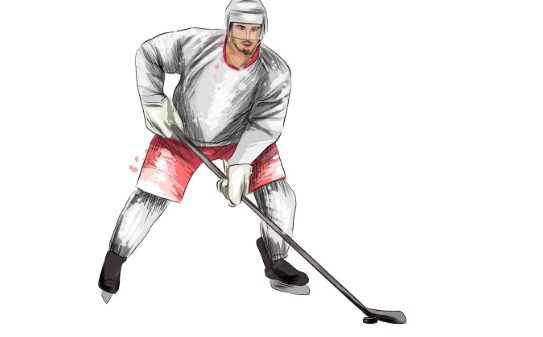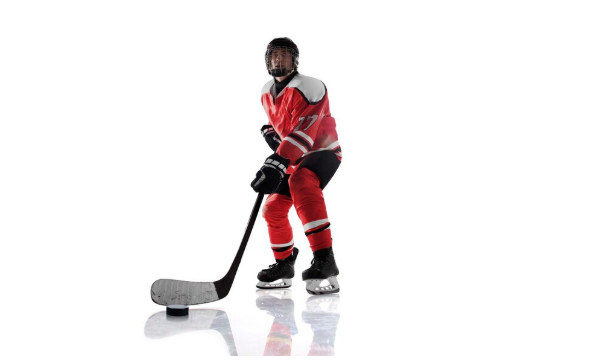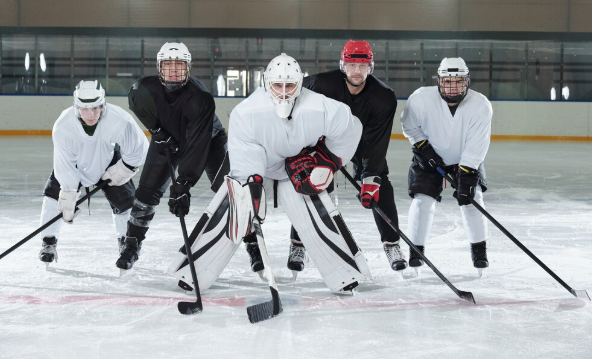The Benefits of Full‑Ice Games for 8U Players
When I brought my first 8U team into their first youth hockey tournament, I’ll never forget the look on their faces when they skated on full ice for the first time. There was joy, shock, wonder—and yes, some hesitation when that rink felt suddenly so vast. But over the course of that weekend, I saw them grow—faster skating, smarter passes, even better teamwork.
That’s why, across every hockey tournament 2025 we host—whether it’s a local spring league, showcase hockey tournaments, or competitive ice hockey tournaments—we’re believers in giving 8U players full‑ice experiences. It’s not about doing what’s easy, it’s about doing what’s best for development. And you’ll see why.
1. Full‑Ice = Faster Skaters, Sharper Skills
Under 8 is a time of building fundamentals: skating, puck control, and agility. When kids play on half‑ice, they get tons of repetition in tight spaces—but they also develop habits that won’t serve them later.
In full‑ice games during our hockey tournaments, players learn to skate faster, transition more effectively, and workspace with awareness. It’s one thing to skate fast in a small area; it’s another to carry that speed across an entire sheet. This translates directly to how they perform in AAA hockey tournaments and full‑ice leagues as they grow.
2. Spatial Awareness and Positioning Come Early

In youth hockey tournaments, many 8U players are still learning where they are on the sheet and who they’re covering. Full-ice games give them space to explore positioning—when to press in, when to peel back, and how to support a teammate.
It’s fun to see a player who struggled in half‑ice suddenly react faster and smarter in full‑ice scrimmages. That instinct doesn’t come from drills—it comes from genuine game time at the right scale.
Also, Visit: California Beach Bash 2025 – Youth Hockey Tournament CA
3. Building Stamina, Endurance, and Respect for Conditioning
I remember coaching a first-day 8U full‑ice game and feeling like we were watching little endurance athletes discover what they’re capable of. Yes—the first shift was exhausting. By the third, they’d adjust. And by the fifth? They glided, passed crisply, and even looked around to make smarter reads.
Physical fitness at 8U isn’t about beating bodies—it’s about showing kids they can persevere, that they can play fast, and that hockey can be as grueling as it is rewarding.
4. Transitions Improve Dramatically
One of the biggest benefits parents will notice after a showcase hockey tournament weekend is the exits, the entries, and the transitions—they look smoother. That’s the secret sauce from full‑ice games at 8U.
Transitions are hard. They require speed, awareness, and trust in teammates. You can’t simulate that in half‑ice play. By giving players all of the ice, we give them a fighting chance to actually master transitions, and that growth shows up in bigger ice hockey tournaments later.
5. Team Systems Start Earlier
No one’s expecting a 7‑year‑old to run a breakout system like a veteran AAA player—but we want them thinking in terms of systems. Full‑ice games allow early-stage positions: support, movement, and spacing. Coaches can gently introduce concepts like defensive zone coverage, wall plays, and breakout lanes.
By the time these kids step up into U10 or U12 hockey tournaments in 2025, they’ll be ahead of their peers. Even small systems at age 8 build valuable hockey IQ.
6. Preparation for Bigger Stages

We host 8U divisions in USA hockey tournaments, but often teams return in later years to bigger events, like 10U showcase tournaments or even family-friendly adult hockey tournaments for parents.
Giving players full‑ice experience at age 8 prepares them for those transitions. They’re mentally ready for longer shifts, more skating, and spaces they have to read. And trust me, paths that improve kids early show up in talent scouts’ eyes during AAA hockey tournaments.
7. Improved Social and Team Bonding
You’d be surprised how much lingo-style bonding occurs when kids chase pucks from blue line to blue line. They build skating friendships. They call for passes. They cheer when a breakaway succeeds or laugh after a double miss.
Team chemistry starts young, and that chemistry blossoms when you give them room to create together. I’ve watched tight-checker kids blossom into expressive players when the ice opened up for them.
8. Creativity and Problem-Solving Flourishes
In half‑ice play, patterns become repetitive. Games can become static. On full‑ice surfaces, creativity gets rewarded. Players discover that a soft pass into the slot works better than a hard dump. They learn where space opens and where support is.
That kind of environment—seen in good showcase hockey tournaments—cultivates players who will later drive offense, run plays, and lead teams.
9. Confidence Builds from Space
It’s one thing to be good close to the boards. It’s another to be confident moving quickly across the entire sheet. That confidence starts early— watching your kids blast across full ice, turn, deke, and feel unstoppable. That matters.
Confidence earned in full‑ice competition prepares players for tougher ice hockey tournaments, youth hockey tournaments, and situations where space is abundant and skill separators matter.
10. Long-Term Player Retention and Love for the Game

Most importantly, full-ice games are fun. When I see a kid skate hard end-to-end, score a leveraging breakaway, or make a stretch pass that looks cool—even if it fails—they’re falling for the game.
Every player who comes back to another season of AAA hockey tournaments, or who convinces a parent to bring them to a 14U showcase, is returning because somewhere along the line, they believed in their own skating, passing, and space.
That belief often starts at 8U—with full‑ice freedom.
A Coach’s Real Weekend Reflection
Last weekend, at one of our biggest hockey tournaments, I watched a 4th‑line player from our 8U full‑ice opener step up in our showcase scrimmage. He moved the puck hard, supported with speed, and nailed a zone exit.
Not because he’d seen it before in drills, but because he’d lived it in game format. He’d played through full-ice pressure and come out ready.
Those moments show me exactly why full-ice at 8U isn’t just smart—it’s essential.
Wrapping It Up
Full‑ice games at the 8U level aren’t a gimmick. They’re intentional tools for growth—skating, space, confidence, creativity, and long-term hockey joy.
When we design our youth hockey tournaments, plan full‑ice scrimmages, or feed into thunderous showcases like AAA events, we invest early in players who will succeed on bigger sheets later. We’re not just running games; we’re molding future leaders.
If you’re building your team’s hockey tournament 2025 plan—and you want kids who skate smart, pass strong, and believe in themselves—start with full‑ice at 8U. Watch what happens.
Ready to witness full-ice magic?
Sign up now and give your 8U team a full‑ice blast they’ll remember.
Register for upcoming full‑ice 8U tournaments and official showcase hockey events, and watch the game—and love for hockey—grow.







